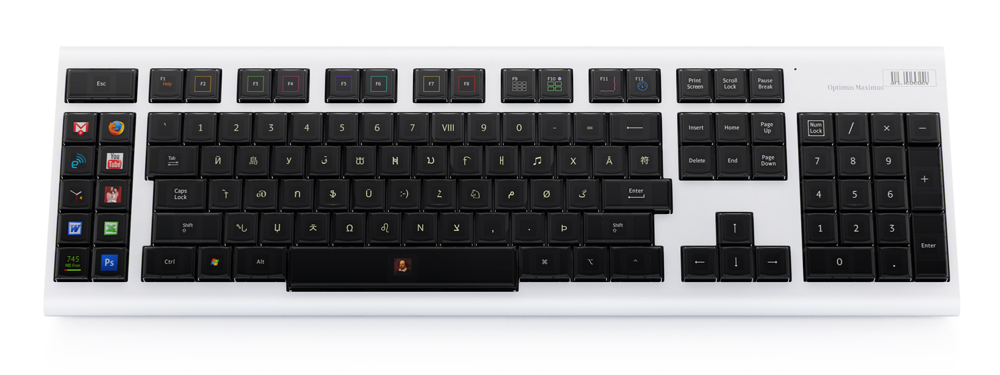I know I saw a quote for a 5" 800x480 LCD for $15 from a Hong Kong supplier (that was for 5000). Much better response time than Pandora's, but used much more power. This was from a Taiwanese manufacturer, as far as I can remember Pandora's is as well. I'd still go for this without question vs Pandora's when there's such a big battery.
Well, without seeing this LCD in masses, it's hard to tell whether it is good or not.
I've very rarely seen dead pixels on Pandora LCDs (only know of about 5 or 6 LCDs so far with one dead pixel), it might be the cheap one has far more dead pixels on the LCDs.
GC has some connections to LCD manufacturers, so I'll poke them as well to get samples and get the best LCD for a reasonable price that is possible.
If TI gives you better accessibility to better chips or it has good pricing then great, but I wouldn't go with TI just because they're TI, or just because Pandora 1 uses it.
Sure, I'm not fixed on TI.
But it might make upgrading easier, as some things might be compatible.
NEON is pretty good and can make speed enhancements.
AFAIR, notaz mentioned he played with a recent Tegra a bit, but the missing NEON made it about as fast as our old Cortex A8

Most important thing for me is to stay as compatible as possible.
Ideally, most PNDs should run out of the box, but at least the OS should work on the new Pandoras without any issues.
As we're using dynamic libraries, this shouldn't be a big problem though.
Add drivers and update the kernel (sounds simpler than it is

), and we're basically set.


